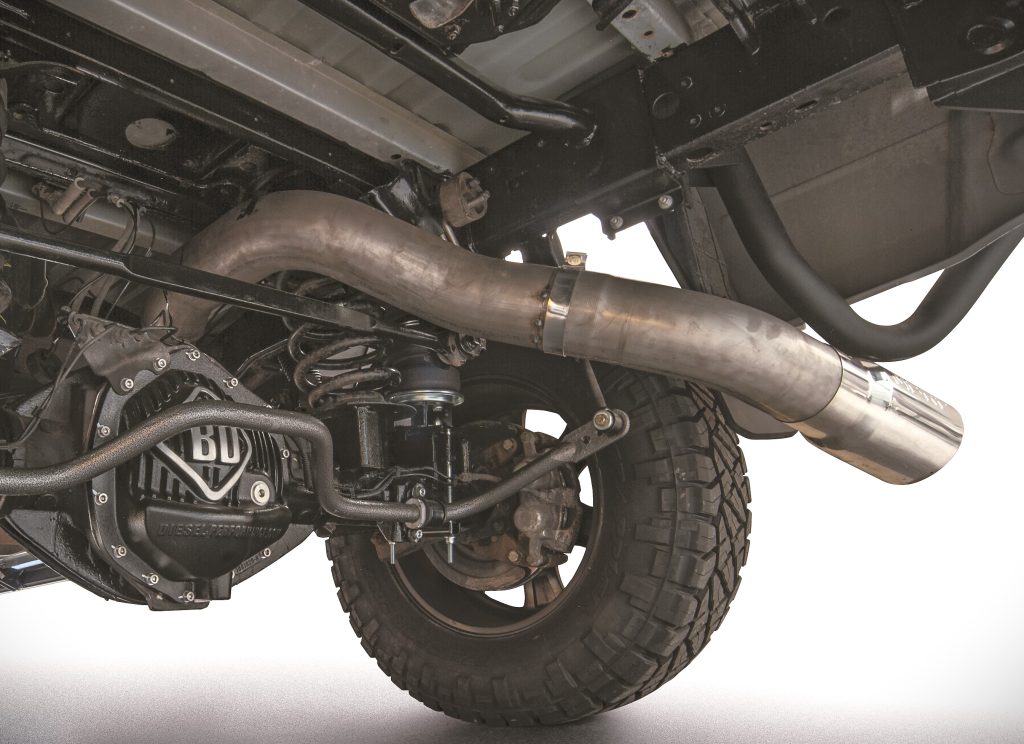Exhaust pipe diameter can have a major effect on the performance of an engine.
Think of your engine as a giant air pump. The more air you can move in and out of your engine, the better it’s going to perform. A larger diameter exhaust pipe can reduce restrictions, allowing exhaust gases to exit more quickly.
This improved flow can enhance performance, especially in upgraded engines that move more air and, as a result, produce more exhaust.

Bigger Exhaust Size is Not Always Better
Take caution though, because a bigger exhaust is not always better. Depending on engine size and application, sometimes a smaller diameter pipe can effectively increase exhaust flow velocity. In a drag racing application, for example, this can help achieve more power at lower rpm.
Conversely, as the engine starts pumping more air at higher rpm, the smaller diameter pipes will prevent the engine from operating efficiently. Bottom line is exhaust pipe size should be tuned to the vehicle application to achieve the desired results.
A good rule of thumb for a dual exhaust system is 2-1/4 inch diameter for engines up to 250 horsepower, 2-1/2 inch pipes for engines 250 to 500 horsepower, and 3 inch exhaust pipes for engines over 500 horsepower.
Exhaust size can also effect the sound of your engine. A properly designed exhaust system will produce a desirable performance sound while minimizing vibrations. It will also help dissipate heat, keeping your engine running at optimal efficiency.
More Exhaust Tech Articles That Will Come in Handy
- 10 Questions on Muffler & Exhaust Tech
- How to Tame Excessive Exhaust Noise
- Building Custom Exhaust Systems: It’s the Little Things That Count
- What is the Purpose of a Crossover Pipe?
- How Much Horsepower Does a Dual Exhaust Add?
- Exhaust Scavenging, Explained
- 409 Stainless Steel vs. 304 Exhaust Materials

Comments